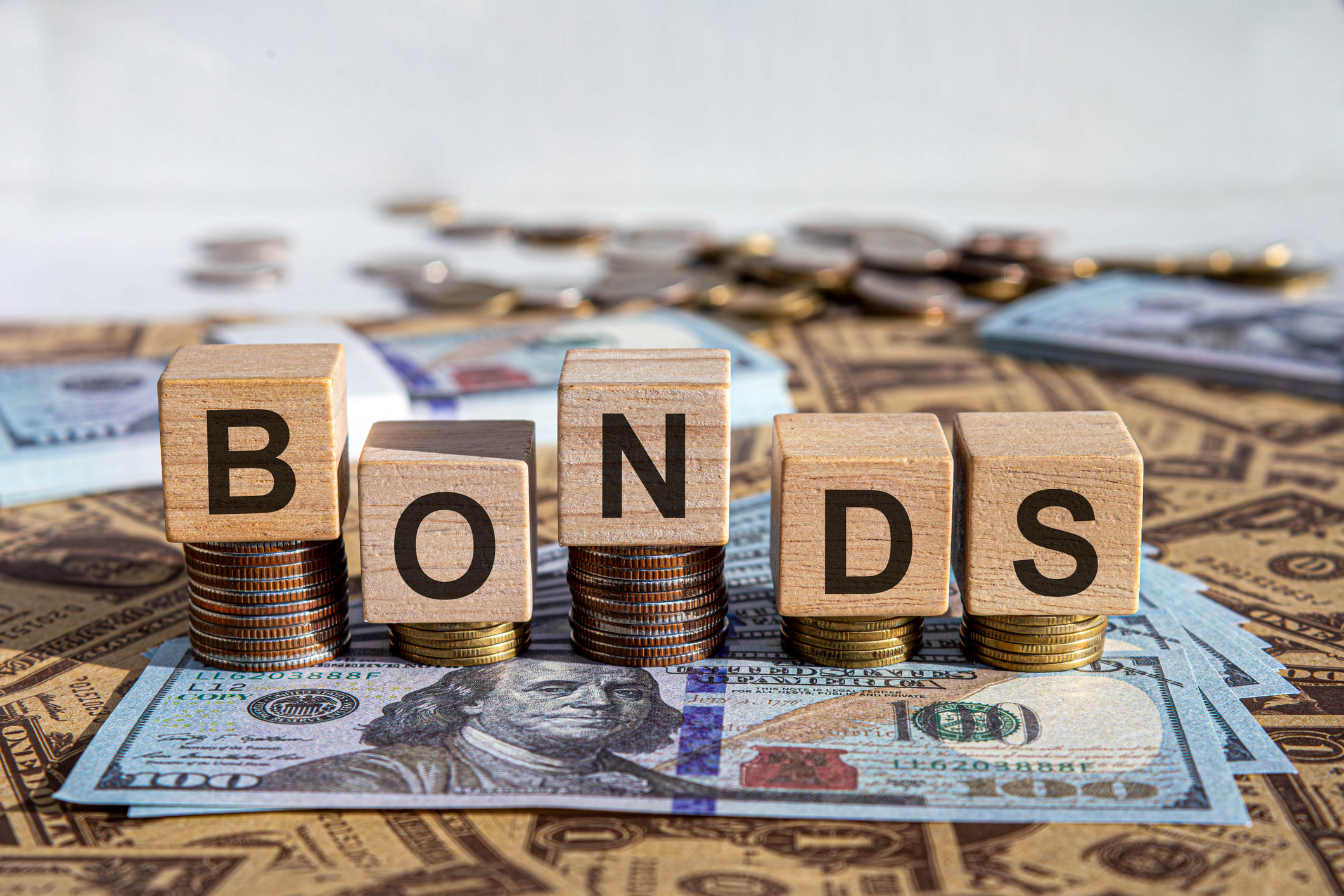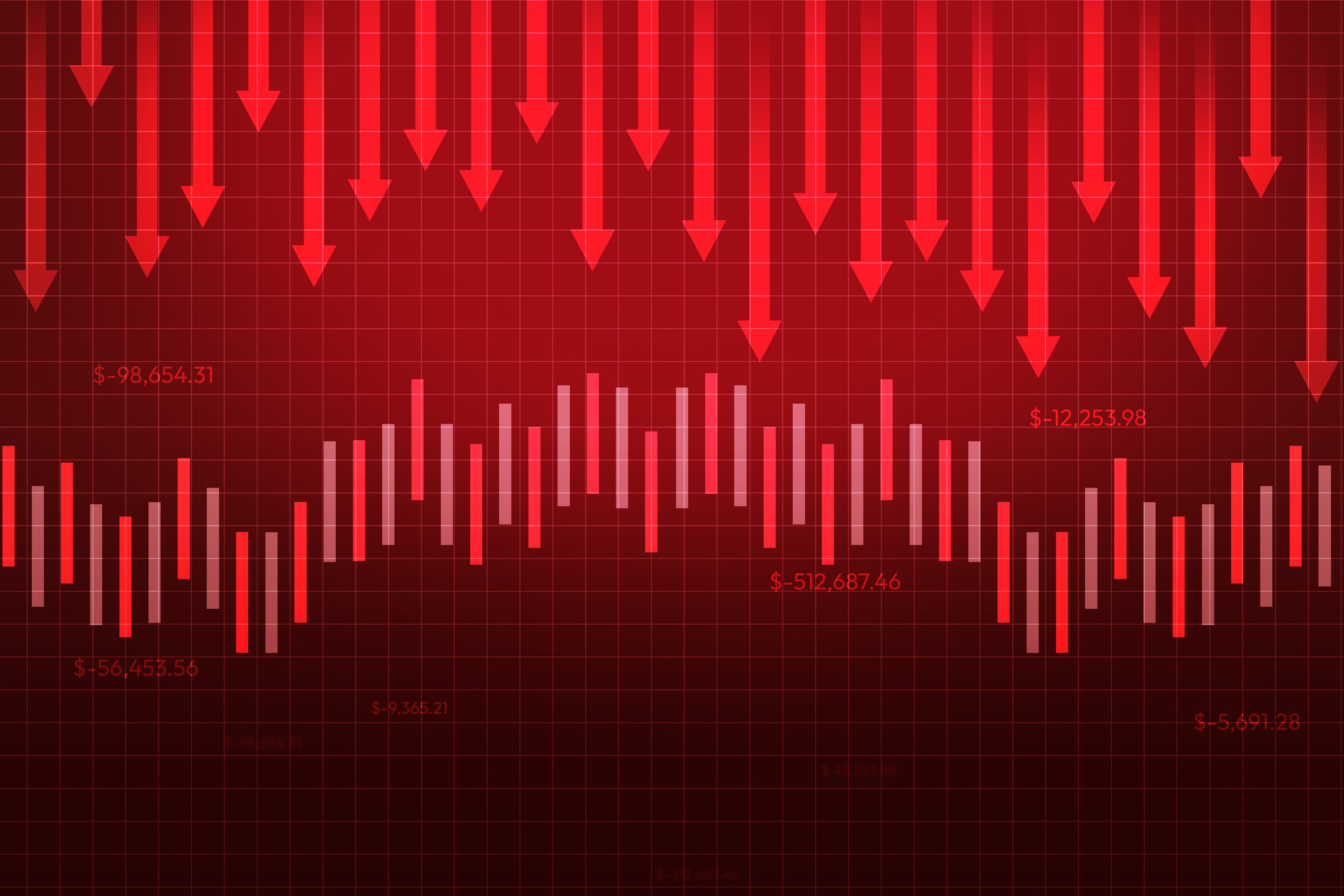Johnson & Johnson: A Consistent Performer
With the economy faltering, now is the time to look at shares of this rock-solid company.
In contrast to the stock market's rough start to 2008, consider the robust health of Johnson & Johnson (symbol JNJ), the world's largest and most diversified maker of health-care products. J&J stock closed at $67.80 on January 9, up 1.3%. So far in 2008, JNJ has gained 1.6% while Standard & Poor's 500-stock index has shed 4%.
What's the news driving this behemoth (estimated 2008 revenues: $63 billion)? There is no news, and that's just the point. J&J is the type of defensive, rock-solid global company that starts to look attractive in a weakening American economy.
Incorporated in 1887, J&J is one of the last triple-A rated corporations in the land. The company has paid dividends every quarter since going public in 1944 and raised those dividends 44 consecutive years. Today's market is one that values and rewards consistency and reliability like this.
From just $107.88 $24.99 for Kiplinger Personal Finance
Become a smarter, better informed investor. Subscribe from just $107.88 $24.99, plus get up to 4 Special Issues

Sign up for Kiplinger’s Free Newsletters
Profit and prosper with the best of expert advice on investing, taxes, retirement, personal finance and more - straight to your e-mail.
Profit and prosper with the best of expert advice - straight to your e-mail.
J&J breaks down into three major divisions: pharmaceuticals, medical devices and consumer products. Consumer brands such as Band-Aid, Tylenol, Neutrogena and Listerine have the most visibility, but the bulk of sales and profits come from drugs and devices such as DePuy orthopedic joint reconstruction and spinal products.
This year will be a bit rough for the pharma business because two multi-billion dollar drugs -- antipsychotic Risperdal and Topamax, a migraine and epilepsy treatment -- come off patent. But Remicade, a leading arthritis medication, is a blockbuster, and sales of ADHD drug Concerta continue to expand.
UBS says J&J, which spends $7 billion a year on research and development, has a particularly promising drug pipeline after 2009. The company just received FDA approval for an obesity treatment.
The diversity and breadth of J&J lends stability. Growth in the drug division may lag this year, but consumer products and medical equipment, such as blood-glucose monitoring devices, will pick up the slack.
Much of that growth will be driven by foreign sales; J&J does business in 175 countries and books nearly half of its sales abroad. According to Morningstar, the company can squeeze out 10% a year growth in revenues over the next three years, a respectable showing for a company of this size in a weak economic environment.
But it's the financial strength of J&J that attracts investors in today's weak economy. The company earns a high return on equity of 28% -- that's earnings before dividends divided by net worth. Its cash exceeds its long-term debt. And it generates a huge free cash flow (operating cash flow minus capital spending) of more than $12 billion a year.
This free cash flow -- which can be used to repurchase stock, raise dividends (the current yield is 2.5%) or make acquisitions -- is a lofty 20% of sales. The stock's free cash flow yield of 6.4% is relatively high for a company of this quality and consistency.
It is financial characteristics such as these (not to mention J&J's strong management and brands) that may be attracting Warren Buffett to the stock. In the quarter ended last September, Buffett's Berkshire Hathaway (BRK-A) purchased 8.5 million shares of JNJ, raising its stake in the health care company to 62 million shares.
UBS has a 12-month $77 price target on J&J stock. Adding in the 2.5% dividend, that implies a healthy 16% return on a blue chip. So far, so good.
Profit and prosper with the best of Kiplinger's advice on investing, taxes, retirement, personal finance and much more. Delivered daily. Enter your email in the box and click Sign Me Up.
Andrew Tanzer is an editorial consultant and investment writer. After working as a journalist for 25 years at magazines that included Forbes and Kiplinger’s Personal Finance, he served as a senior research analyst and investment writer at a leading New York-based financial advisor. Andrew currently writes for several large hedge and mutual funds, private wealth advisors, and a major bank. He earned a BA in East Asian Studies from Wesleyan University, an MS in Journalism from the Columbia Graduate School of Journalism, and holds both CFA and CFP® designations.
-
 Changes Are Coming for This Invesco Bond Fund
Changes Are Coming for This Invesco Bond FundThe Invesco BulletShares 2026 Corporate Bond ETF's bonds will mature in 2026. Here's what investors should do.
-
 What Science Reveals About Money and a Happy Retirement
What Science Reveals About Money and a Happy RetirementWhether you’re still planning or already retired, these research-based insights point the way to your best post-work life.
-
 7 Retirement Planning Trends: What They Mean for You in 2026
7 Retirement Planning Trends: What They Mean for You in 2026From government shutdowns to market swings, the past 12 months have been nothing if not eventful. The key trends can help you improve your own financial plan.
-
 Dow Rises 497 Points on December Rate Cut: Stock Market Today
Dow Rises 497 Points on December Rate Cut: Stock Market TodayThe basic questions for market participants and policymakers remain the same after a widely expected Fed rate cut.
-
 If You'd Put $1,000 Into Coca-Cola Stock 20 Years Ago, Here's What You'd Have Today
If You'd Put $1,000 Into Coca-Cola Stock 20 Years Ago, Here's What You'd Have TodayEven with its reliable dividend growth and generous stock buybacks, Coca-Cola has underperformed the broad market in the long term.
-
 If You Put $1,000 into Qualcomm Stock 20 Years Ago, Here's What You Would Have Today
If You Put $1,000 into Qualcomm Stock 20 Years Ago, Here's What You Would Have TodayQualcomm stock has been a big disappointment for truly long-term investors.
-
 Risk Is Off Again, Dow Falls 397 Points: Stock Market Today
Risk Is Off Again, Dow Falls 397 Points: Stock Market TodayMarket participants are weighing still-solid earnings against both expectations and an increasingly opaque economic picture.
-
 If You'd Put $1,000 Into Home Depot Stock 20 Years Ago, Here's What You'd Have Today
If You'd Put $1,000 Into Home Depot Stock 20 Years Ago, Here's What You'd Have TodayHome Depot stock has been a buy-and-hold banger for truly long-term investors.
-
 What the Rich Know About Investing That You Don't
What the Rich Know About Investing That You Don'tPeople like Warren Buffett become people like Warren Buffett by following basic rules and being disciplined. Here's how to accumulate real wealth.
-
 If You'd Put $1,000 Into Bank of America Stock 20 Years Ago, Here's What You'd Have Today
If You'd Put $1,000 Into Bank of America Stock 20 Years Ago, Here's What You'd Have TodayBank of America stock has been a massive buy-and-hold bust.
-

 If You'd Put $1,000 Into Oracle Stock 20 Years Ago, Here's What You'd Have Today
If You'd Put $1,000 Into Oracle Stock 20 Years Ago, Here's What You'd Have TodayORCL Oracle stock has been an outstanding buy-and-hold bet for decades.